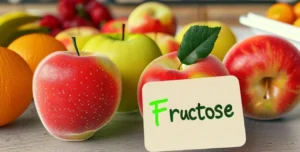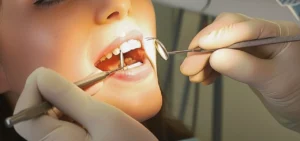Your smile is one of your most valuable assets, but it can be easily tarnished by the foods and beverages you consume. Staining foods and beverages can dull the brightness of your teeth, leaving them discolored and less vibrant. In this guide, we’ll delve into everything you need to know about staining foods and beverages, why they discolor your teeth, the importance of avoiding them, and tips for maintaining a bright, white smile.
Understanding Staining Foods and Beverages:
Staining foods and beverages are those that contain pigmented molecules known as chromogens, which have the ability to adhere to the enamel—the outermost layer of the teeth—and cause discoloration. These chromogens are often found in foods and beverages that are dark in color, acidic, or rich in tannins.
Common Staining Foods and Beverages:

Coffee:
Coffee is notorious for its ability to stain teeth due to its dark color and high acidity. Regular consumption of coffee can lead to yellowing and discoloration of the teeth over time.
Tea:
Like coffee, tea contains tannins and pigments that can adhere to the enamel and cause staining, especially black tea and herbal teas.
Red Wine:
Red wine contains chromogens and tannins that can stain the teeth, leaving behind a dark, reddish hue. White wine, although less pigmented, is acidic and can weaken the enamel, making it more susceptible to staining from other foods and beverages.
Sodas:
Dark-colored sodas such as cola contain artificial colorings and acids that can erode the enamel and contribute to staining. Additionally, the high sugar content in sodas can feed bacteria in the mouth, leading to further discoloration.
Berries:
Dark-colored berries such as blueberries, blackberries, and raspberries contain pigments that can stain the teeth, especially when consumed frequently or in large quantities.

Sauces:
Dark-colored sauces such as soy sauce, balsamic vinegar, and tomato sauce contain pigments and acids that can adhere to the enamel and cause staining.
Why Do Staining Foods and Beverages Discolor Teeth?
Staining foods and beverages contain chromogens, which have a strong affinity for the enamel of the teeth. When consumed regularly, these chromogens can accumulate on the surface of the teeth, forming stains that range from yellow and brown to gray and black. Additionally, the acidity of certain foods and beverages can weaken the enamel, making it more susceptible to staining and erosion.
The Importance of Avoiding Staining Foods and Beverages:
Maintaining a bright, white smile is not just about aesthetics—it’s also about preserving the health of your teeth. Staining foods and beverages can not only dull the appearance of your smile but also weaken the enamel and increase the risk of dental problems such as cavities and tooth decay. By avoiding these foods and beverages, you can protect your teeth from discoloration and maintain optimal oral health.
Tips for Avoiding Staining Foods and Beverages:

Drink Through a Straw:
When drinking staining beverages such as coffee, tea, and soda, use a straw to minimize contact with the teeth and reduce the risk of staining.
Rinse Your Mouth:
After consuming staining foods or beverages, rinse your mouth with water to help wash away pigments and acids and neutralize pH levels.
Use a Whitening Toothpaste:
Use a whitening toothpaste formulated to remove surface stains and brighten the teeth. Look for toothpaste with ingredients such as hydrogen peroxide or baking soda, which can help to lighten discoloration over time.
Practice Good Oral Hygiene:
Brush your teeth twice a day with fluoride toothpaste and floss daily to remove plaque and bacteria from the surfaces of your teeth and along the gumline.
Limit Consumption:
Reduce your intake of staining foods and beverages, especially between meals. Opt for lighter-colored alternatives such as white wine, clear sodas, and light-colored sauces whenever possible.
Visit Your Dentist Regularly:
Schedule regular dental checkups and cleanings to remove surface stains and maintain the health of your teeth and gums.
In conclusion, avoiding staining foods and beverages is essential for preserving the brightness and health of your smile. By being mindful of your dietary choices, practicing good oral hygiene, and seeking professional dental care when needed, you can enjoy a bright, white smile for years to come. For personalized advice on maintaining a healthy smile, schedule a consultation with Dr. Veners today. Your smile deserves the best care!






